Proposal to reduce braking power, with smaller discs, to avoid accidents in the peloton
Although it may seem contradictory, some voices are advocating for the use of smaller brake discs in order to limit the power of this braking system. A braking power that various voices accuse of the increase in falls in the peloton.
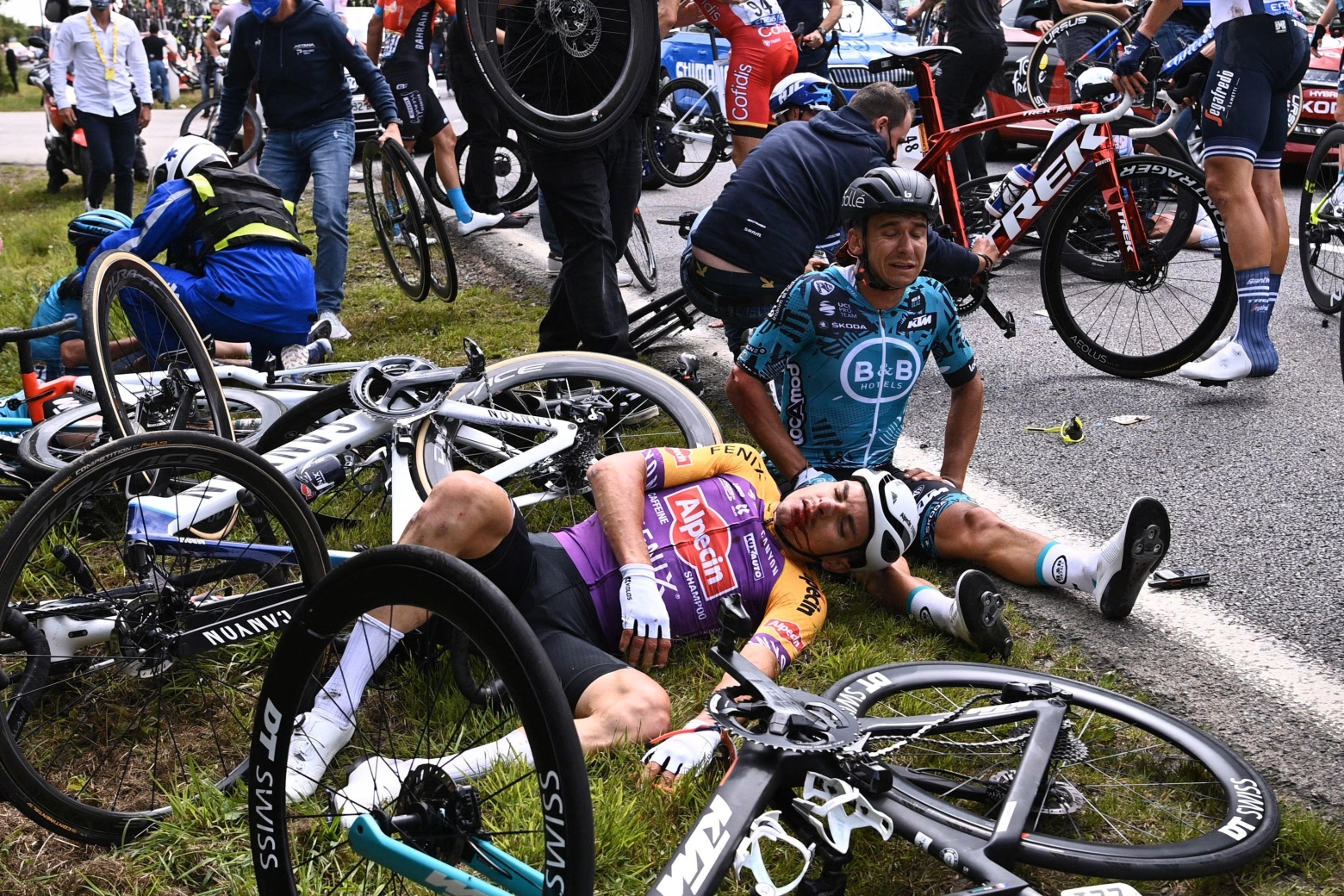
Disc brakes on the road or the never-ending controversy
Just when it seemed that the debate on the implementation of disc brakes on road bikes, especially in terms of competition, was already settled, now some voices are bringing up the issue again with the argument that the excessive braking power provided by hydraulic disc brakes is behind the increase in falls in the peloton.
After a truly controversial implementation, with many cyclists criticizing the danger that discs would pose in falls or the difficulties in changing a wheel in case of a flat tire, pressure from the bicycle industry has ended up making all bikes in the peloton use disc brakes. However, there are still those who criticize this system and cite it as responsible for many falls that we see in races.
RECOMENDADO
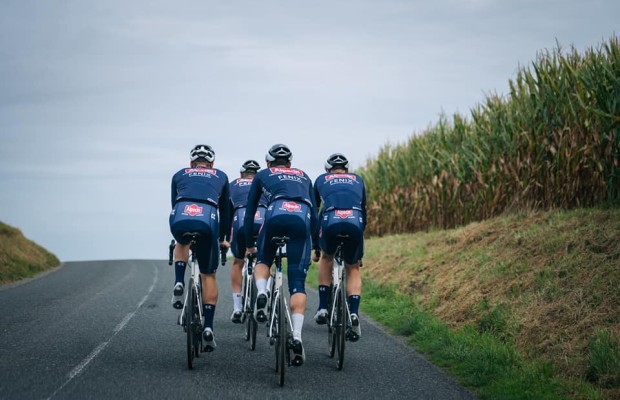
The cyclist's patience: how long, gentle training sessions build your best season

Tips for cycling in the rain

25 cycling gifts ideas to get it right

When do helmets have to be changed? Do they have an expiration date?

Some reasons to stay away from the road in winter
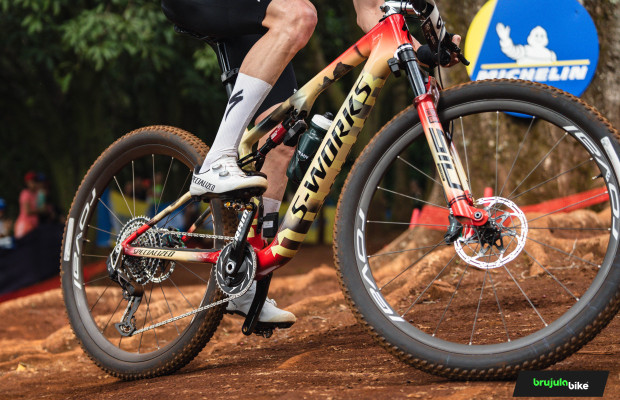
S-Works: what does it really mean and where does Specialized's most exclusive label come from?
These criticisms have gone as far as advocating for the use of smaller discs with the idea that they will reduce the excessive power of the system, a request that is made without taking into account that smaller discs result in greater brake heating that can lead to a loss of effectiveness on long descents.
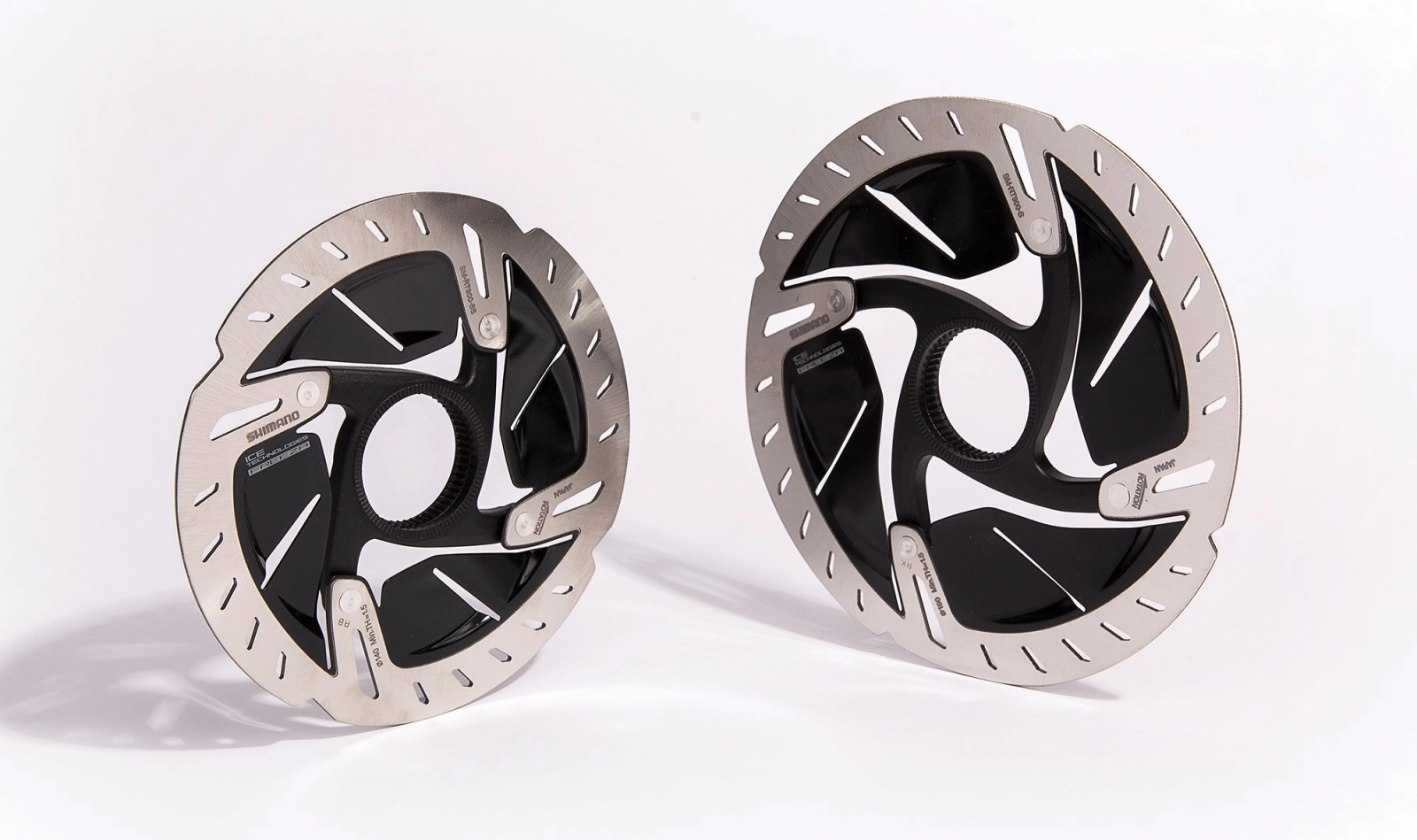
Behind this idea is the belief that, with so much braking power, cyclists are increasingly pushing the limits in corners, so that when an error occurs, they are going much faster, resulting in worse consequences for the cyclist.
We remind you that the size of the brake disc is directly responsible for the raw braking power. The larger the disc size, the greater the leverage arm exerted when braking and, therefore, the greater the force applied. On the other hand, larger discs have a greater surface area to dissipate the heat generated by braking more effectively.
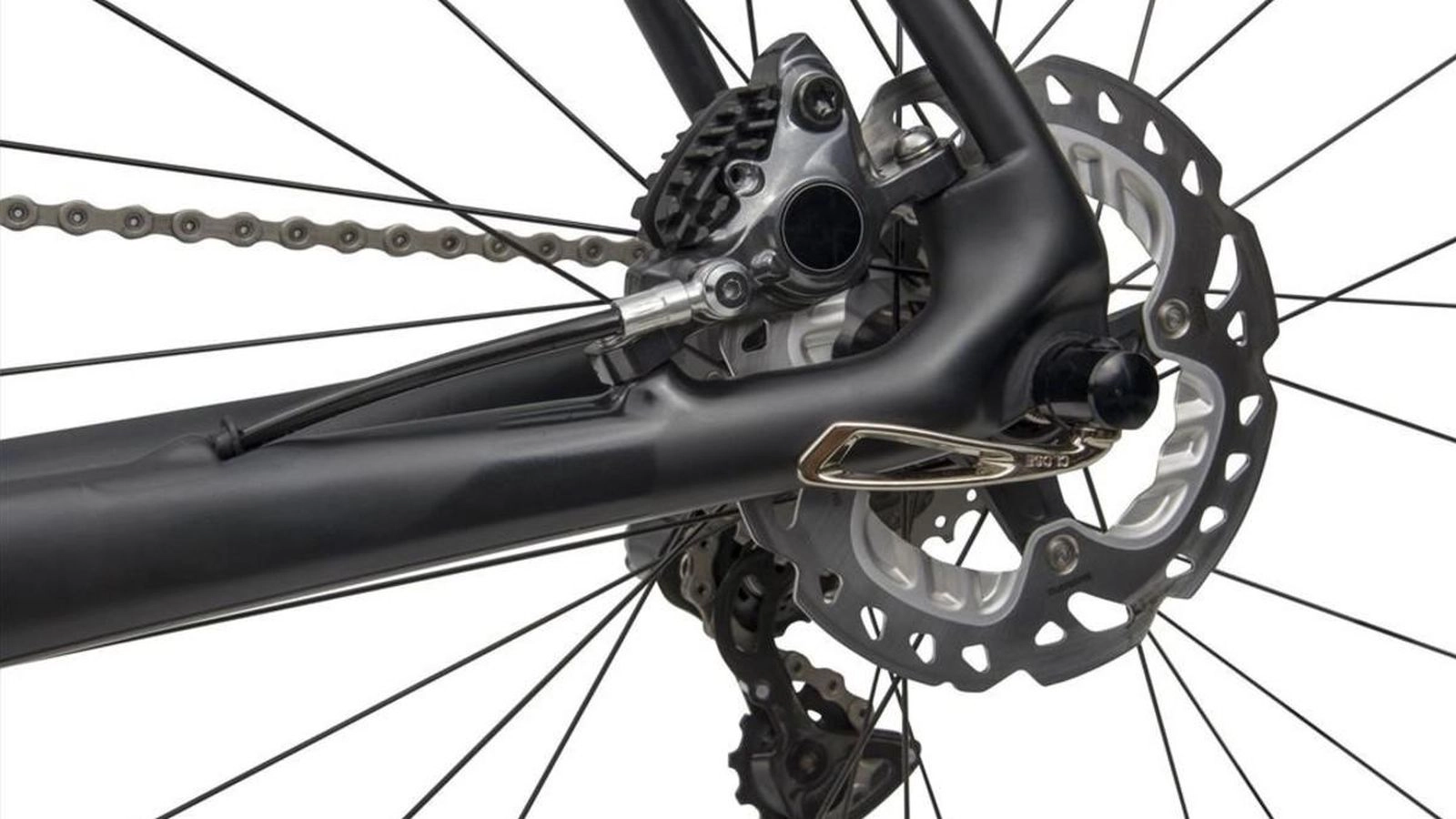
The truth is that there is no regulation that sets the size of the disc to be used, although the most common configuration on the road is to use 160 mm diameter discs on the front and, on the rear, where as much power is not necessary, 140 mm discs are usually used to save a few grams on the bike. However, it is not uncommon to find bikes equipped with 160 mm discs on both brakes.
What is difficult to find on the road, if not impossible, is to mount 140 mm discs on both wheels due to the excessive heating they would suffer on long mountain descents. This configuration is common in cyclocross where braking is very short and specific, and is often done on a surface that often does not offer adequate grip.
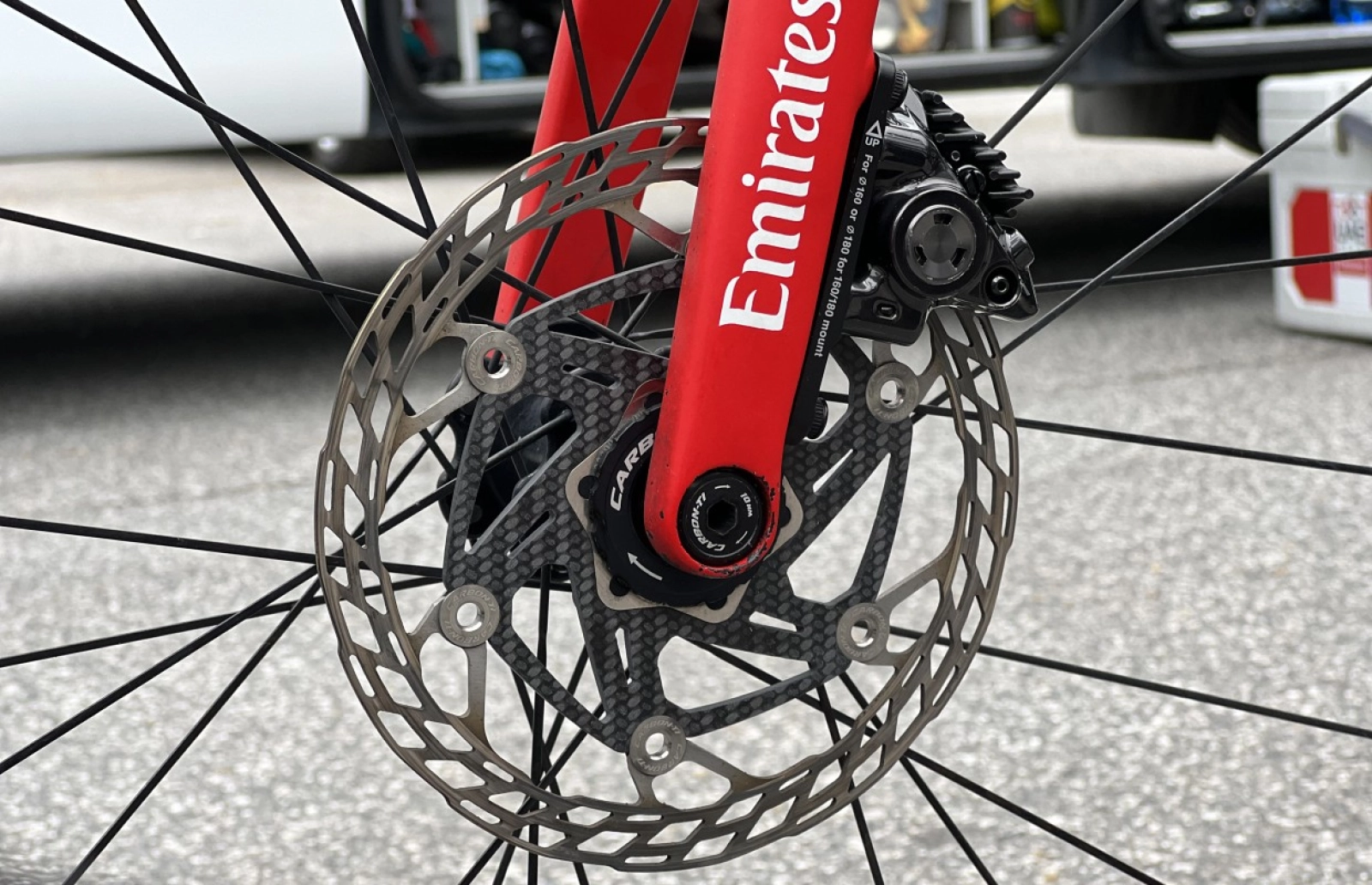
In any case, it is also often forgotten that, even if we install 160 mm discs, the maximum power that can be applied to the discs does not depend on the force they exert but on the adhesion limit determined by the bike's tires. The improvement in the braking capacity of bikes is not due to the disc brakes being very powerful, but because the use of 28 or even 30 mm tires has become standard in the peloton, allowing the cyclist to apply more force when stopping the bike and, therefore, push the limits in cornering.
What seems certain is that disc brakes still have a long way to go to shake off the stigma of being responsible for many of the problems that occur within the professional peloton.